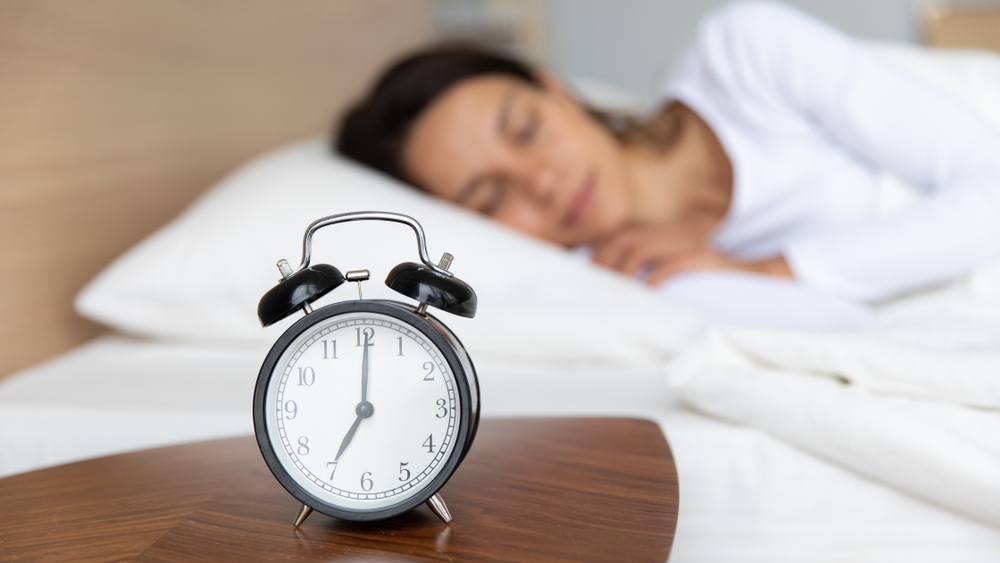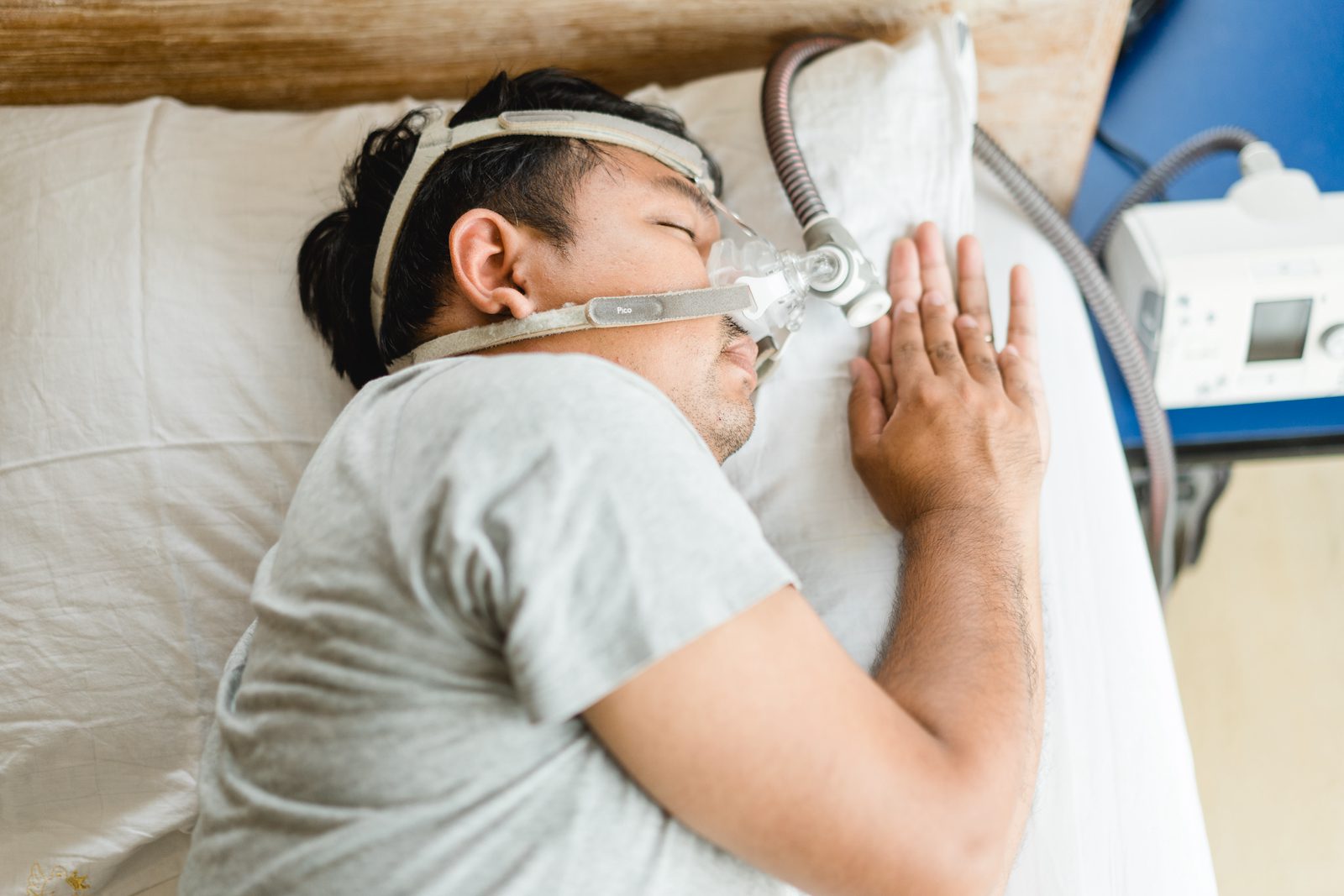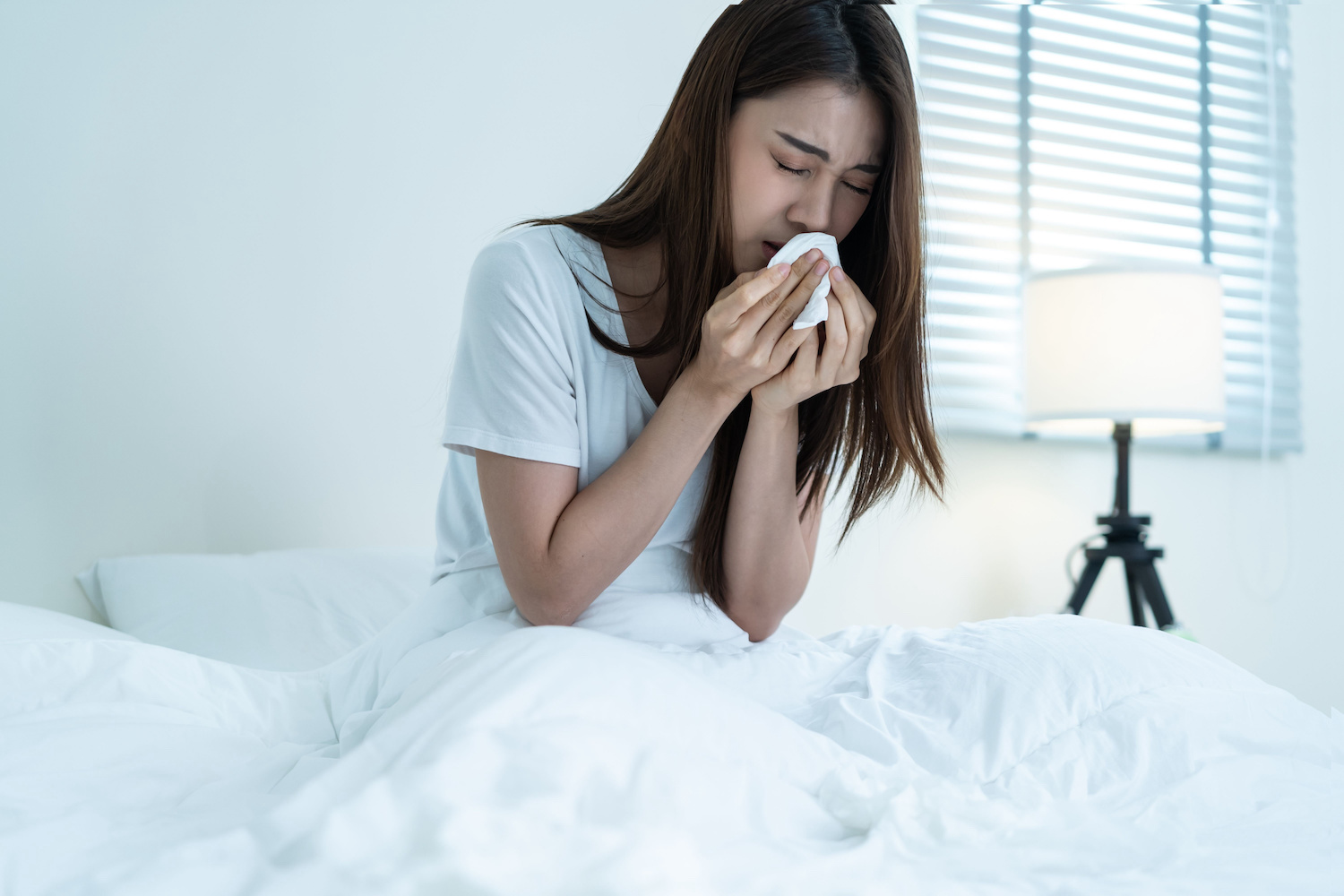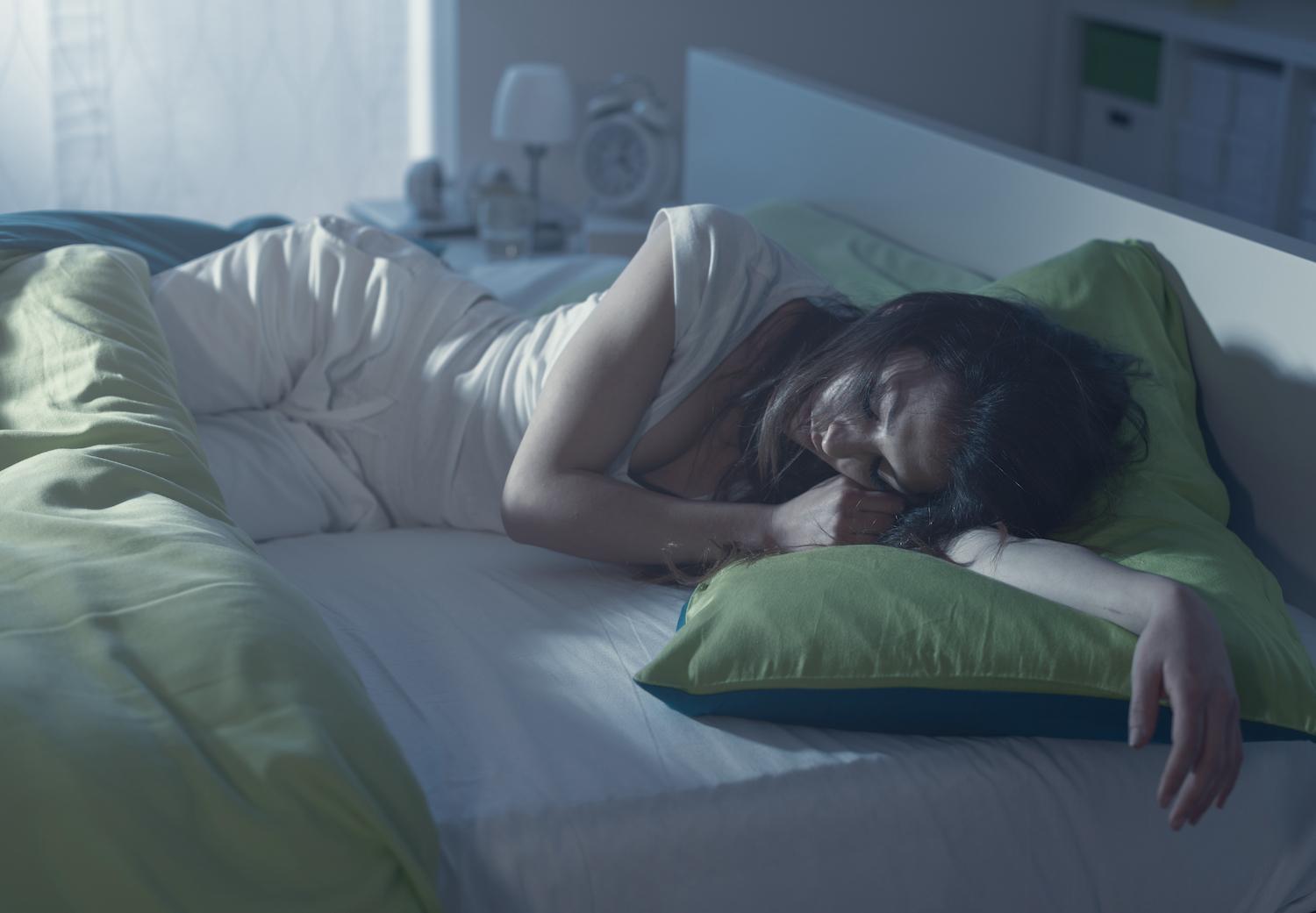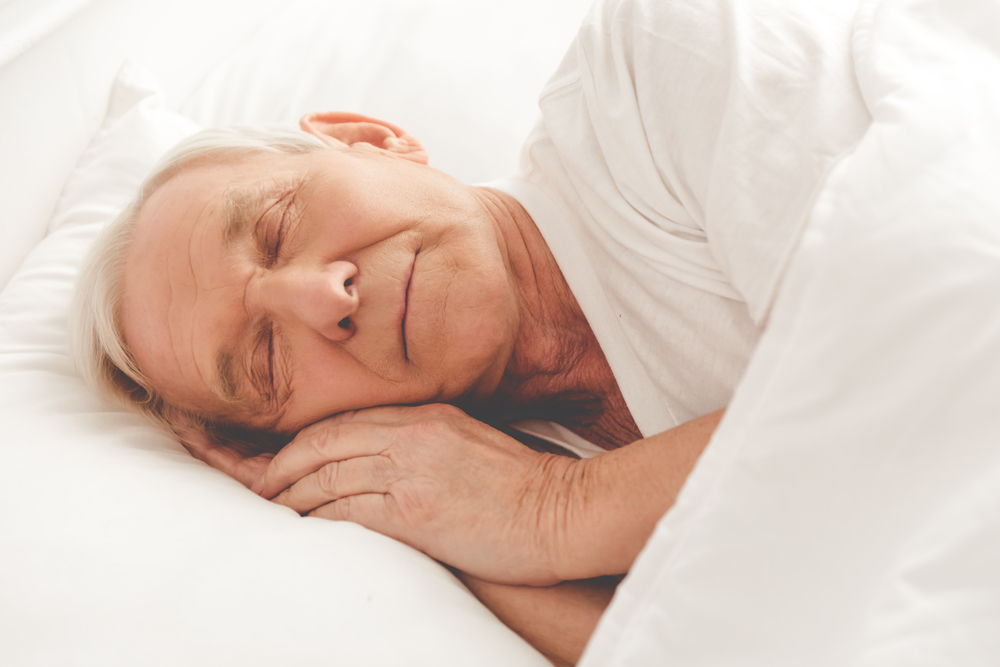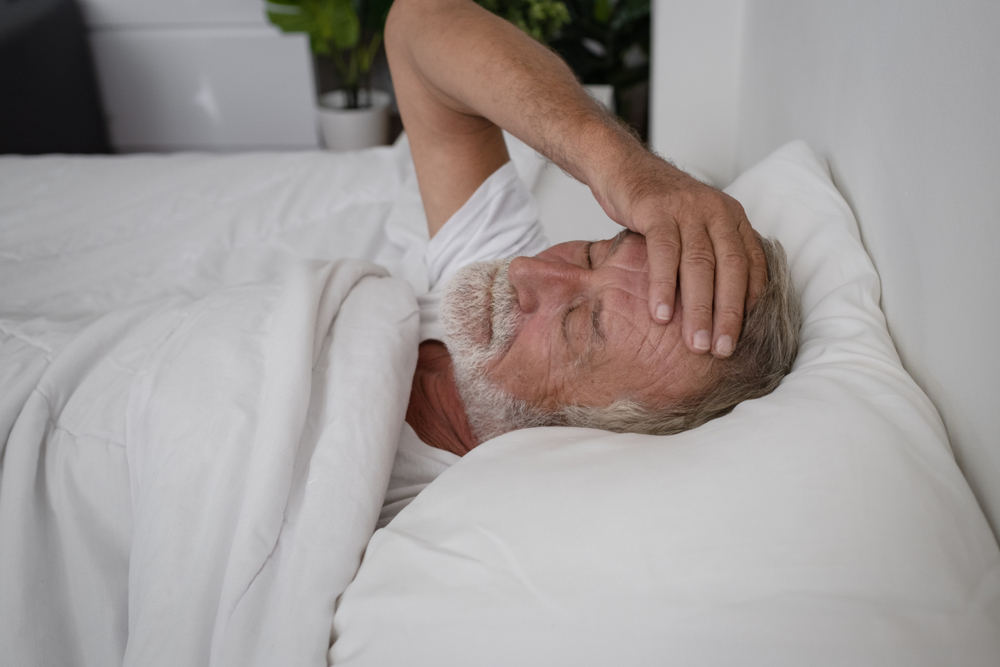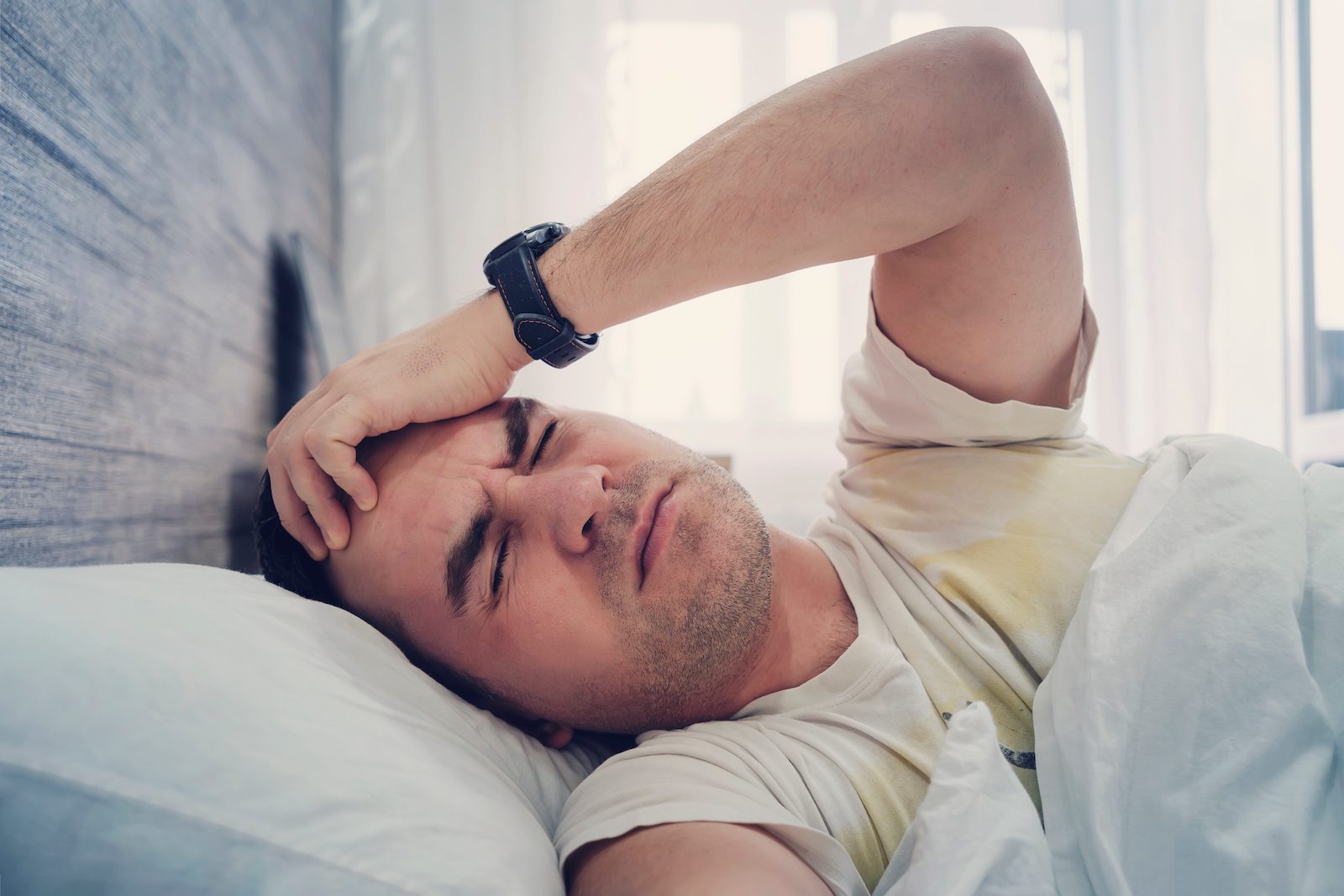A person’s respiratory rate during sleep is a measurement of how many breaths they take in a minute. Like body temperature, pulse, and blood pressure, respiratory rate is a vital sign that health care providers use to evaluate a person’s health. A person’s respiratory rate naturally changes during sleep and in response to factors like exercise and illness.
What Is a Normal Respiratory Rate While Sleeping?
Although respiratory rates fluctuate during sleep, expert guidelines for healthy respiratory rates are based on a person’s breathing while they are relaxed or at rest. Normal respiratory rates vary by age.
| Age Range | Normal breaths per minute |
|---|---|
| 0-3 months | 34-57 |
| 3-12 months | 30-55 |
| 1-2 years | 25-46 |
| 2-3 years | 22-34 |
| 3-6 years | 20-29 |
| 6-12 years | 16-24 |
| 12-17 years | 13-21 |
| 18-65 years | 12-20 |
| 65-79 years | 12-28 |
| 80 years and older | 10-30 |
A person's respiratory rate naturally decreases during sleep, reaching its slowest during deep sleep. In REM sleep, an active period of rest when the eyes move and vivid dreams may occur, a person’s respiratory rate increases and becomes less regular.
How Is Respiration Rate Measured?
In a health care setting, a doctor can measure a person’s respiratory rate using a stethoscope, by hand, or by watching the person’s chest or abdomen rise and fall with each breath. To determine the respiratory rate, breathing is usually monitored for at least 60 seconds.
There are also more technological methods that use monitors and sensors to monitor breathing and determine a person’s respiratory rate.
When doctors are assessing a person’s breathing, they consider more than just a person’s respiratory rate. Doctors also evaluate factors like how much air is inhaled with each breath and the pattern of breathing.
Signs of an Abnormal Respiratory Rate
The pace of breathing temporarily speeds up or slows down based on the body’s needs, including during exercise, pregnancy, and in response to changes in mood. But sometimes a person’s respiratory rate can become too fast, too slow, or pause because of an underlying health issue.
A person with an abnormal respiratory rate may feel short of breath or find that their fingers and lips begin to turn blue. Sometimes, people do not have any noticeable symptoms of abnormal respiration. Symptoms of severe respiratory changes require emergency medical treatment.
If breathing stops, it’s called apnea. If a person stops breathing while awake or if apnea is prolonged, it’s a medical emergency.
If breathing briefly pauses during sleep, apnea may be a sign of a sleep-related breathing disorder such as obstructive sleep apnea or central sleep apnea. Symptoms of sleep apnea include:
- Loud snoring
- Snorting or gasping during sleep
- Waking up feeling unrested
- Excessive daytime sleepiness
What Causes a Low Respiratory Rate While Sleeping?
A respiratory rate that is too slow, also called bradypnea, may have a variety of causes, including:
- Respiratory conditions
- Certain medications
- Alcohol
- Illegal drugs
- Metabolic conditions
What Causes a High Respiratory Rate While Sleeping?
A respiratory rate that is abnormally fast is called tachypnea. Medical conditions that may contribute to tachypnea include:
- Asthma
- Pneumonia
- Allergic reactions
- Chronic obstructive pulmonary disorder (COPD)
- Carbon monoxide poisoning
When You Should Talk to Your Doctor
Anyone with concerns about their breathing should contact a health care professional. Severe respiratory symptoms are a sign to call 911 or visit the emergency room. Severe respiratory symptoms include:
- New or worsening breathing difficulties
- Persistent drowsiness
- Blue or gray skin, nails, or gums
- Chest pain
- Fever
- Seizure
- Loss of consciousness
Additionally, talk with your doctor if you have any concerns about your sleep health, including symptoms that could suggest you may have sleep apnea.





